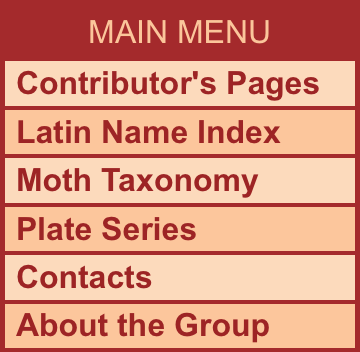Mark Dreiling's Moths from Oklahoma



I am retired after a career as a physicist doing R&D in materials science in the petroleum and petrochemical industry. Interest in biology began with an elective course in Entomology during college and from the influence of a fraternity brother, Alwyn Gentry. Al went on to a successful but shortened career in botany.
Partially to rationalize the purchase of very good camera equipment, I decided to document all living things in the yard. It extends into a mile wide flood plain that divides the city of Bartlesville, Oklahoma. It includes a one acre pond. On the other side of the pond are a forest of large pecan trees and an open field that has for many years been left to grow wild.
A 48" fluorescent fixture with two blacklight UV bulbs is set in front of a door frame covered with a white sheet. The moths are collected into plastic cups. They are then taken inside and photographed or stored in the refrigerator for a while. Inside, the moth is held under the cup and on the selected photo substrate until it settles down. A 1/4" cardboard piece that is soaked in ammonia cleaner is sometimes needed to slow it down.
The camera is a Nikon D200 with 105 VR Micro lens and SB 800 flash with a 1.7x tele-converter. The teleconverter helps keep the dust out of the camera during the daily switch to the telephoto lens. The camera is set so that it will not fire unless is has found a focus. The flash is mounted on the table and attached to the camera with a cable extension. Baffles are arranged around the specimen stage to provide adjustable diffuse lighting. The photo substrate is a .25" plexiglass plate that has been frosted by sandpapering.
Photographs at MPG are used to make tentative identifications. I rely on many people at BugGuide for IDs/confirmation and John Nelson and John Fisher to check IDs for inclusion in the Oklahoma checklist of moths. Since August 2008, I have been submitting moths to Paul Hebert at the University of Guelph for his DNA barcoding effort. An example of the results is shown here. This has added greatly to my interest in the hobby.
All photographs © by Mark Dreiling
|



